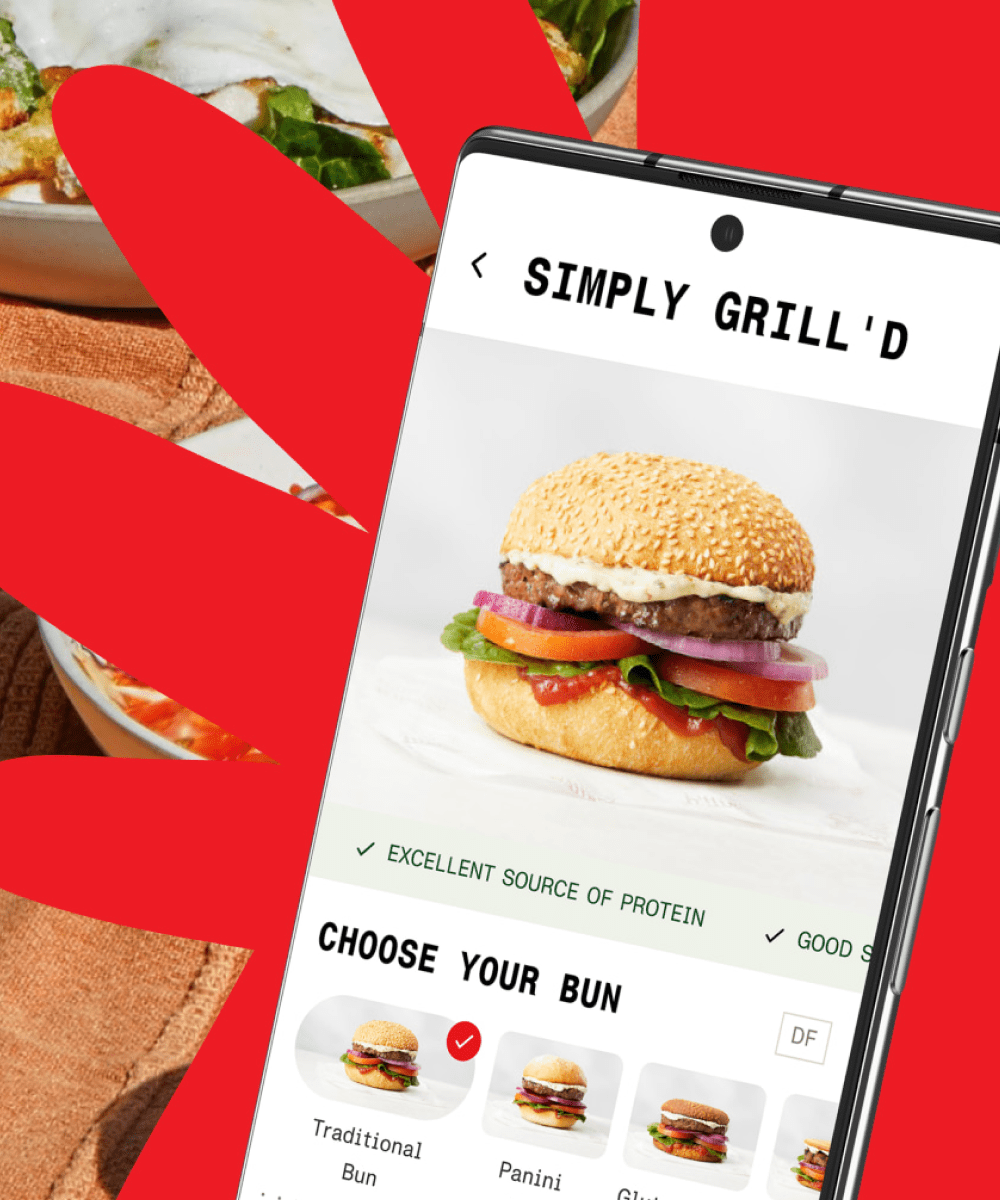Ever since your first drawing was proudly displayed on the refrigerator door, you are the most creative person on the planet. According to your mom, that is. She always knew you would become the creative professional that you are today. And it’s not just your mother. Others also admire your creativity: “If only I were that creative.” Meanwhile, you’ll probably think ‘well guys, I’m not that creative’. But what is ‘creativity’ exactly? And what makes you more creative than others? It’s time for answers.
Creativity: is it a mystical power that’s in the air? A power that some merely ‘tap into’ and use to do amazing things with, whereas others aren’t able to access it at all? No. That’s the Force – a completely different story. Luckily for us, creativity is more down to earth than you might expect and well-researched by science. An answer should be obvious.
So, what is creativity then?
Whoever opens up the dictionary to look up ‘creativity’, will probably find something like ‘using imagination to create’. Congratulations, the dictionary almost makes you sound like a god-like figure. The scientific definition of creativity offers a bit more nuance: ideas have to tick three boxes to be deemed ‘creative’.
The very first box – which is quite obvious – is that something has to be ‘new’. Something you’ve never seen before is by definition ‘creative’, right? Not necessarily. For instance, we have this great, new idea: what if every employee was to get a giraffe as their salary from now on? This must be creativity in its prime, right? Although some might actually enjoy owning a giraffe, dragging one along with you wherever you go isn’t very practical; Management if you happen to like this idea, I consider myself more of an ‘emu-person.’ The mere fact that an idea is new, does not make it desirable.
This brings us to the second condition of creativity. Your new idea needs to have added value. And please interpret ‘added value’ in a very broad sense. It could mean that you designed a website that’s very user-friendly, you’ve enjoyed looking at an exquisite piece of art or you’ve created a hilarious Facebook post that went viral. ‘Value’ is a subjective term.
Now, whereas ‘new’ and ‘valuable’ are like the salt and pepper of creativity, we still need the main ingredients: ideas. Even though the dictionary may think you’re god-like, we simple human beings are unable to create something entirely new. Just try, for instance, to come up with an entirely new colour out of the blue (pun intended). It’s impossible. You can only create something new if it’s being linked to something you’ve seen, felt, heard or experienced before. Without this third component, your creativity gets nowhere.
In the mix of these three components lies the secret to your creativity. You are able to pick several existing ideas, only to reshape and merge them into a new, valuable idea. From the numerous pieces of the puzzle in your brain, you have a talent in picking the right ones. In the end, you’re not god-like after all, but more like a talented puzzler. But why – of all people – are you better at it than others? Well, thank your brain for that.
Grey, yet creative.
You’ve probably heard someone say: “Oh my gawd, according to this online test I am a person with a dominant left brain, so that makes me – like – super creative, you know.” Wrong. The notion that you’re either left or right brain dominant is a myth. Your brain is such a complex organ that it uses many different areas across both halves simultaneously. However, three things differ in the brain of the Homo-Creativus (not an official term, but I think that it has a nice ring to it).
First of all, a creative person’s brain possesses more cells (a.k.a. grey matter) in those areas associated with creativity. On top of that, the connections between these areas, the so-called synapses or white matter, are stronger than those in the brains of lesser-creative people. In other words, you have more computational power in the creative hot spots of the brain and information is more easily transmitted between these areas. Congratulations with your brain, you.
But it’s not just your ‘hardware’ that’s different, your internal ‘software’ also differs from that of non-creatives. Everyone has two dominant networks in their brains: brain areas that are strongly connected and often cooperate. The first network is your ‘default network’. This network makes sure that when you’re driving, you don’t have to actively think about shifting gears (unless you’re American), you don’t forget that you have to suck in some air every now and then, and – most importantly – that you mindlessly walk to the coffee machine every morning. The other network is the ‘salience network’. It’s this network that you use for more intensive tasks like calculations or important discussions like why Burger King is superior to McDonald’s.
As a creative you tend to use these networks in a different way. In the brains of ‘normal’ people, just one of these networks is active at a time. But not in yours, you creative mastermind. Sometimes both your networks are active at the same time. The consequence of this is that while you are daydreaming (default network), you are simultaneously able to judge the value of potentially creative daydreams (salience network). It also means that you’re easily distracted. For example, when you’re in a conversation with your loved one, who apparently, has asked you a question. And now you have to respond without knowing the question. Luckily, you still have your giraffe. He won’t judge you.
But wait, there’s more! The third difference of the creative brain lies in the ‘thalamus’. Imagine your thalamus as the Project Manager of your brain. This brain-PM determines what you consciously register and what not. For instance, your thalamus decides that it’s not worth to pay attention to a conversation that’s happening in a distance. However, if your colleague asks you a question, then you’re all ears all of the sudden (at least, that would be greatly appreciated by said colleagues). So what makes the ‘creative’ thalamus any different? Well, it simply filters fewer signals and let’s more input through. You basically have a lazy PM in your brain. Luckily, this also means you have more ideas entering your brain. And these are, of course, the raw materials you forge into brilliant, new, valuable concepts!
…and your mom?
Well, she’s probably hasn’t got all those things. She’s got a thalamus that doesn’t allow extra ‘noise’ to pass through, she has two well behaved neural networks that wait to take turns ánd she might have more grey matter in the brain areas needed to write embarrassing Facebook comments underneath your profile picture. And your drawings? Those probably activated her brain areas responsible for motherly love. I don’t know your mom, though, so feel free to fill in any other person that fits this description. Be creative with it, I’d say.





